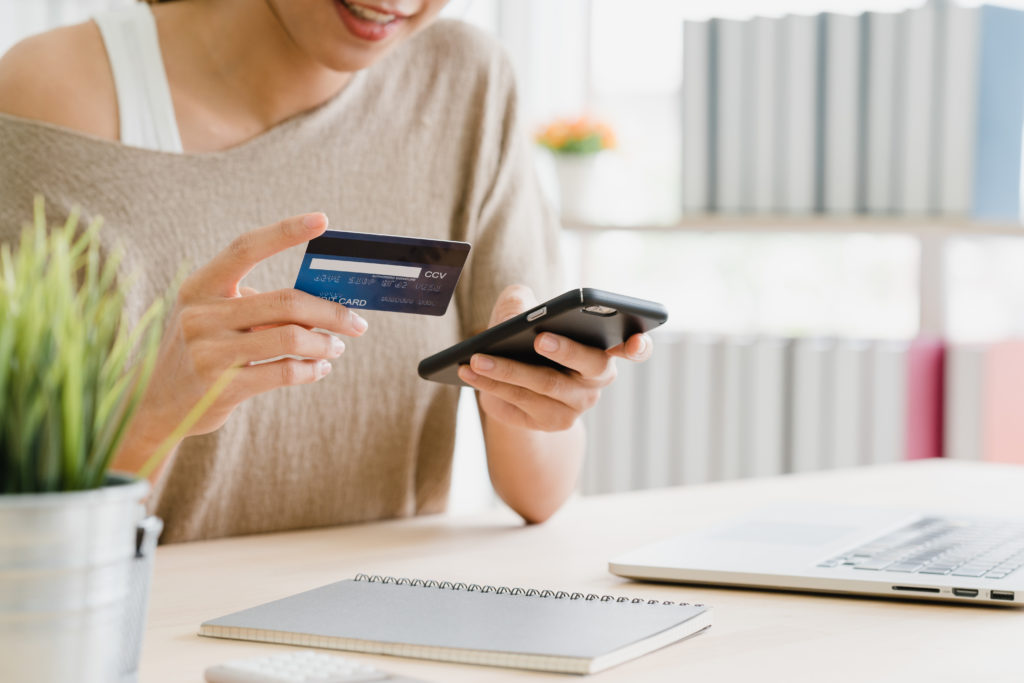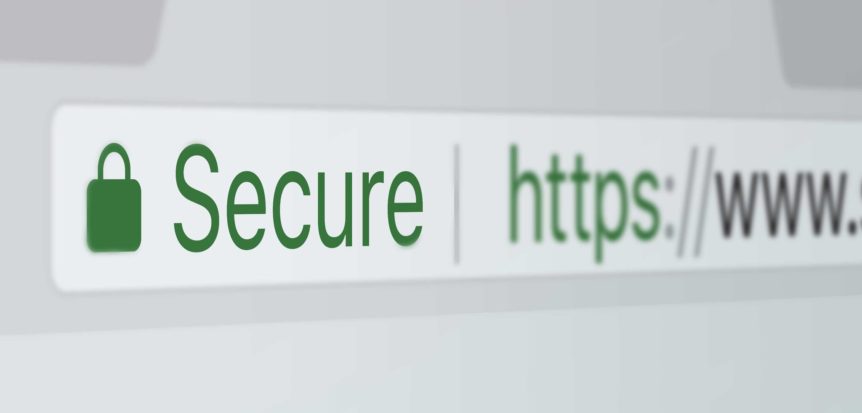As traditional shopping got a bit more difficult due to the COVID-19 crisis, most people are now choosing a safer and viable option for buying their necessities–online shopping.
Life in unprecedented times forced people to rethink their spending and shopping habits and are now realizing the convenience of shopping online.
In order to respond to the sudden surge in digital demand brought by a generation of new consumers, many businesses decided to shift their services online.
While there is an increase in online retailers and marketplaces that are expanding their online shopping services, so have malicious counterfeiters who are looking for ways to swindle vulnerable customers.
So, what can you do about it?
After adding all of your items in your online cart, the best thing that one can do is to take certain precautionary measures before hitting that check out button.
1.) Be vigilant about your personal information

Be cautious of sharing personal information online | Stock Photo
Providing the usual information like your name, shipping address, contact number, and mode of payment is already the norm for online shopping transactions. However, if the online retailer asks for more information than necessary, like your social security number, birthday, or driver’s license number, take a pause and cancel that order. Chances are, it is run by scammers who are likely to take advantage of your personal information and can steal your identity.
Read: Banks warn public vs online scammers
2.) Safeguard your gadgets

Protect your gadgets from malware and threats when buying online | Stock Photo
Most people are now using their personal computers and phones for online shopping. That’s great and all but how sure are you that your online shopping experience is secured? Turns out, swindlers are now using malware programs and software to gather personal data, financial information, and passwords from your gadgets. Make sure that your software is up-to-date, otherwise, your gadget may be susceptible to new threats.
3.) Use familiar websites

Popular online shopping websites are more secure and safe | Stock Photo
Prior to making a purchase, make a background check for the online marketplace or website that you’re using and see if they provide ideal conditions for safe online shopping. It’s best to use popular and common websites as they are less likely to be a rip-off and more secure. If you don’t know the store, you can still continue with your transaction but just remember to take a few extra precautions.
4.) Be wary of dream deals

Be skeptical of adding low priced items on your cart | Stock Photo
Who doesn’t love to score the lowest deals? We all do and it’s not a problem if we’re shopping in person as we can see the items and products personally and on hand. But if you’re shopping online, low prices might seem a bit suspicious. Be skeptical about the items before you add them to your online cart. Low prices are indeed enticing but if you think that the price is too low, try to consider the item’s quality and authenticity.
5.) Use encrypted website

Look for an icon of a locked padlock when shopping online | Stock Photo
Using a credit card to online shop might be the easiest way to make your purchase. As easy it is for you to use, it’s also easy for hackers to grab your credit card information if you’re not careful. Limit your online shopping to encrypted websites. Make sure to shop at sites with a web address on the page that begins with “https:” and not “http:” or sites with an icon of a locked padlock, as they are safe and secure.
/bmjo

